The concept
As I noted in the description, I am drawing on two inspirations in designing and constructing this project. The first is the almost offhand remark about using a reverse-biased c-e junction in an NPN transistor as a "zero temperature coefficient" zener diode. The other is a very basic, but elegant in my opinion, design for a dual-slope integrating ADC with display, used in the Macbeth TR-527 photographic densitometer.
To set some basic requirements for the device, I hope to successfully make a 3.5 digit voltmeter with a measuring range of 0.01-9.99 V, possibly bipolar, which uses 7-segment LED displays for indication. I would like to power it using a single 5 or 12V supply. At the heart of it will be a 10V reference, built using the aforementioned "abused" transistor as a zener diode, tweaked to as zero as a tempco as possible.
In a more philosophical sense, I hope to blur the "Analog<>Digital" delineation, and in the spirit of the inspirational TI app note and the Hackaday challenge, I will try and use comparators instead of op-amps everywhere.
The plan
- Obtain some "Process 21" NPN transistors, configure them as zeners, test temperature coefficient. Test some conventional transistors also (e.g. 2N3904, 2222 etc).
- Design and built a reference circuit, which biases the "zener" with a constant current, buffers and amplifies the voltage to 10 V and feeds it to the A/D.
- Design and build the A/D and display circuit using 74- or 4000-series logic and comparators, maybe an analog switch here or there.
 Nikola
Nikola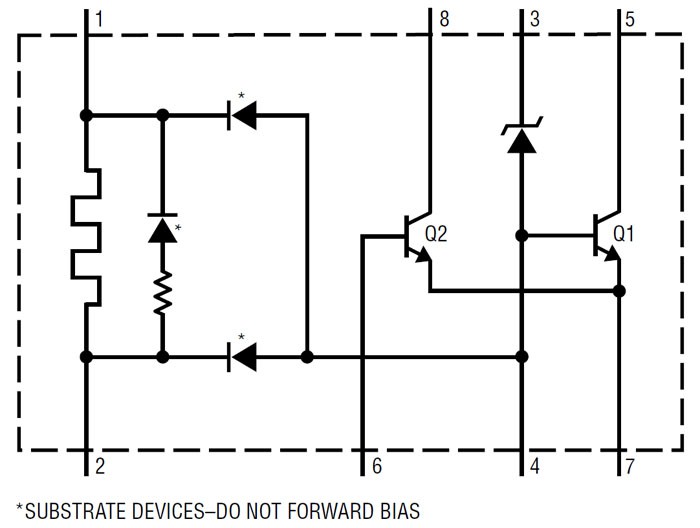

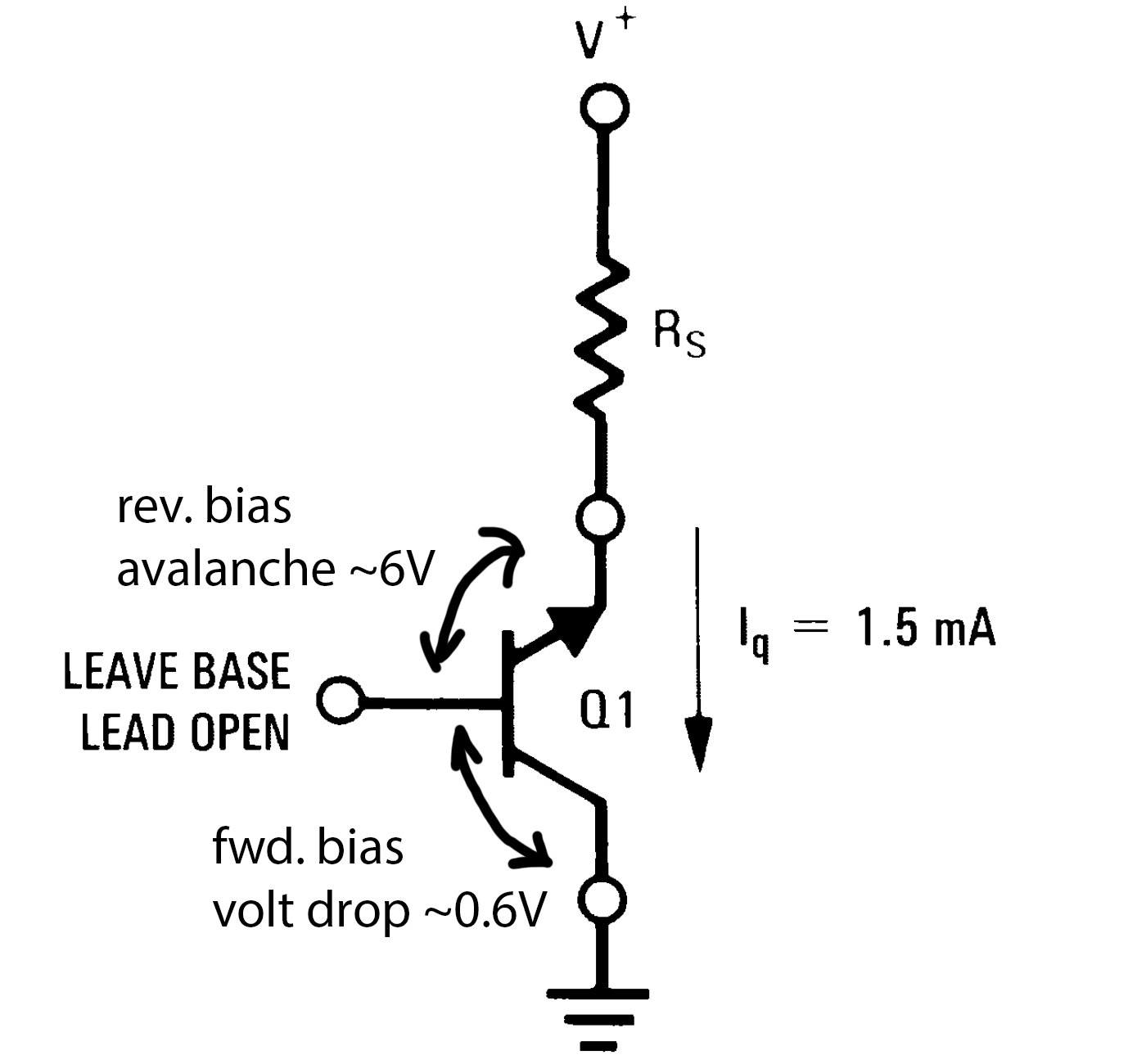
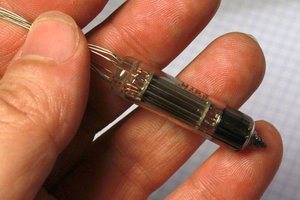
 Yann Guidon / YGDES
Yann Guidon / YGDES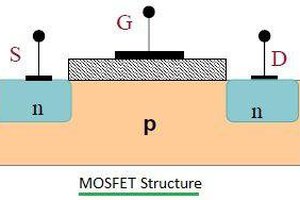
 engineerkid1
engineerkid1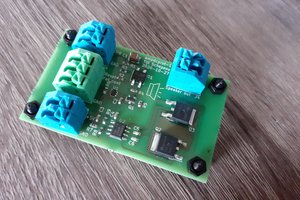
 Tijl Schepens
Tijl Schepens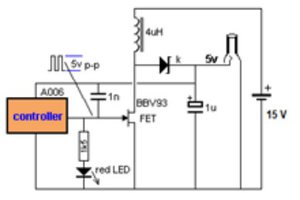
 kamalkedin123
kamalkedin123